Gym Recovery: Post Workout Tips and Recommendations

Gym recovery refers to the crucial phase in which the body repairs and adapts to the stress induced by physical exercise. This process is not just about resting; it encompasses a range of physiological events that are vital for enhancing performance, preventing injuries, and achieving optimal fitness levels.
Gym Recovery Under Scientific Lens
Muscle Repair and Growth:
After intense exercise, microscopic damage occurs in muscle fibers. This stimulates the activation of satellite cells and the production of growth factors, leading to muscle repair and hypertrophy. Essential proteins like myosin and actin play a key role in this intricate process.
A study shows that muscle protein synthesis, a key indicator of muscle repair and growth, is elevated during the post-exercise recovery period [1].
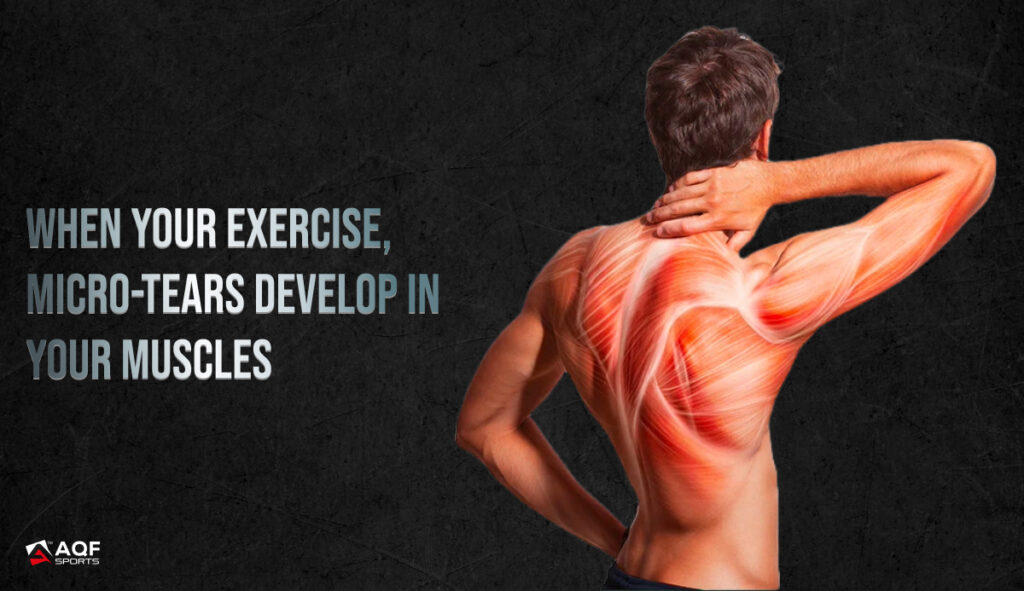
Inflammation Control:
Exercise induces inflammation as part of the natural healing process. However, chronic inflammation can impede recovery. Anti-inflammatory cytokines, such as interleukin-10, help regulate the inflammatory response, contributing to a balanced recovery environment.
Research shows that controlled inflammation post-exercise is essential for muscle regeneration and adaptation [2].
Hormonal Balance:
Intense exercise temporarily elevated stress hormones like cortisol. Adequate recovery allows for the restoration of hormonal balance, including the release of growth hormone and testosterone, crucial for muscle repair and overall recovery.
Scientific studies emphasize the importance of hormonal homeostasis for optimal recovery and performance [4].
Energy Restoration:
Physical exertion depletes energy stores, especially glycogen in muscles. Recovery involves replenishing these energy reserves through proper nutrition, ensuring the body is ready for subsequent bouts of exercise.
Central Nervous System (CNS) Recovery:
Prolonged or intense exercise can stress the central nervous system leading to CNS fatigue. Recovery allows for the restoration of neurotransmitter balance and reduces the risk of overtraining, which can negatively impact performance.
A study in the Journal of Applied Physiology highlighted the importance of CNS recovery for maintaining neuromuscular function [4].

Optimal Gym Recovery Nutrition: Fuel Your Body
During Gym recovery, the body undergoes repair and post-exercise adaptation. Proper nutrition fuels this process. Gym recovery meals provide necessary building blocks, energy, and support for cellular repair, muscle growth, and overall recovery.
Suggested Read: How Diet and Exercise Work Together for Lasting Health and Weight
Protein Intake for Muscle Repair:
Proteins are essential for muscle repair and growth. They provide amino acids, the building blocks of proteins in our body. Aim for 20-30 grams of protein within 30 minutes to an hour post-exercise. Lean meats, eggs, dairy, legumes, and protein supplements are good sources of protein.
Suggested Read: What Are The Best Foods To Eat For Muscle Growth?
Carbohydrates to Replenish Glycogen:
Carbohydrates are crucial for restoring glycogen stores, the body’s primary energy source during exercise.
Consume 1.2 to 1.5 grams of carbohydrates per kilogram of body weight within the first two hours post-exercise. Whole grains, fruits, vegetables, and legumes are good sources of carbs.

Healthy Fats for Hormonal Balance:
Healthy fats contribute to hormonal balance, including the production of testosterone and growth hormone. Incorporate moderate amounts of sources like avocados, nuts, seeds, and olive oil into your diet.
Vitamin C and E for Antioxidant Defense:
These vitamins act as antioxidants, neutralising free radicals produced during exercise that can contribute to muscle damage.
Sources: Citrus fruits, berries, nuts, seeds, spinach, and broccoli.
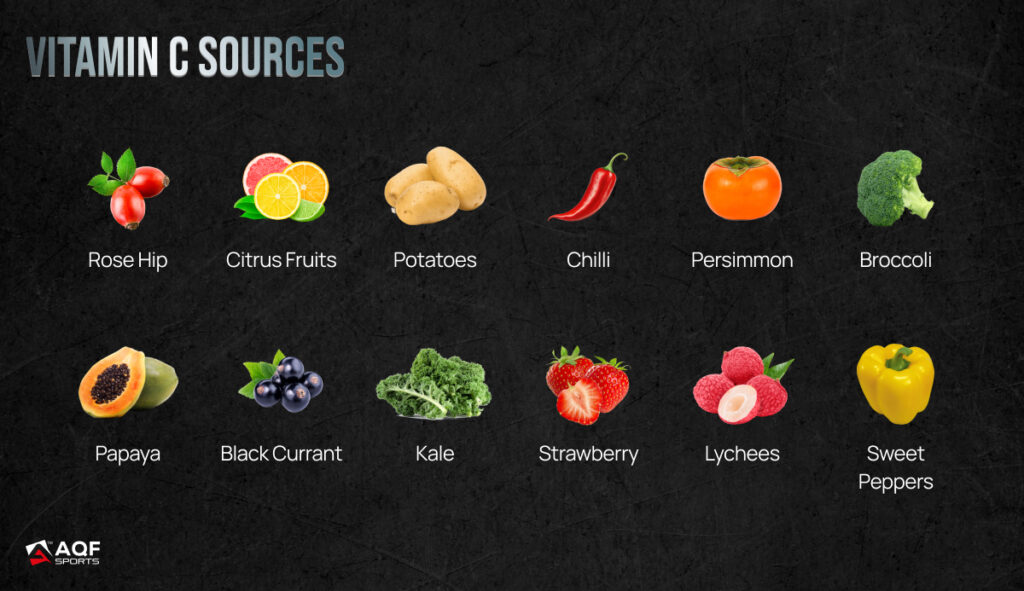
Vitamin D for Bone Health and Immunity:
These vitamins are essential for calcium absorption, vitamin D supports bone health. It also plays a role in immune function.
Sources: Fatty fish (e.g., salmon), fortified dairy products, egg yolks, and exposure to sunlight.
Calcium and Magnesium for Muscle Function:
Calcium is crucial for muscle contraction, while magnesium helps relax muscles and supports energy production.
Sources: Dairy products, leafy greens, nuts, seeds, whole grains, and legumes.
Iron for Oxygen Transport:
Iron is a key component of haemoglobin, which transports oxygen in the blood, crucial for endurance and recovery.
Sources: Lean meats, beans, lentils, fortified cereals, and dark leafy greens.
Zinc for Immune Support and Wound Healing:
Zinc supports immune function, aids in wound healing, and is involved in protein synthesis.
Sources: Meat, dairy, nuts, seeds, and whole grains.
B Vitamins for Energy Metabolism:
B vitamins, including B6, B12, and folate, play a role in energy metabolism, helping convert food into usable energy.
Sources: Meat, fish, poultry, eggs, dairy, leafy greens, and whole grains.
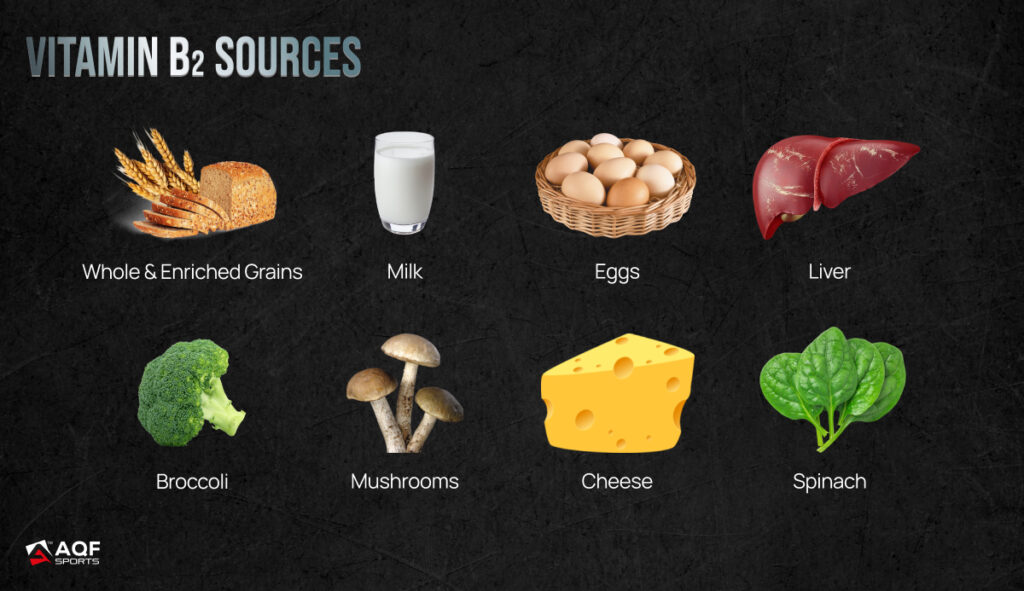
Electrolytes (Sodium, Potassium) for Hydration and Nerve Function:
What: Electrolytes help maintain fluid balance, support nerve function, and aid in muscle contractions.
Sources: Fruits (e.g., bananas, oranges), vegetables, dairy products, and sports drinks (in moderation).
Meal Timing:
Consume a balanced meal or snack containing protein and carbohydrates within two hours post-exercise. This window is when the body is most receptive to nutrient absorption, enhancing recovery.
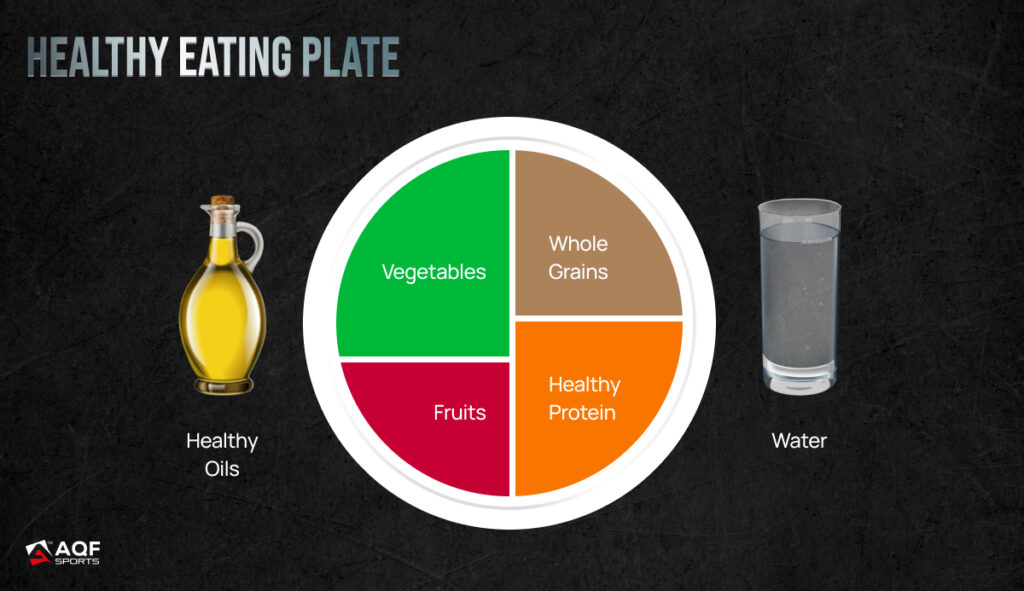
Individualised Nutrition:
Tailor your nutrition to your training level and goals. Consult with a nutritionist to determine your specific needs based on factors like training intensity, duration, and individual metabolism.
Nutrition Chart for Gym Recovery: Male
- Height: Around 5 feet 9 inches (175 cm)
- Weight: Approximately 160-180 pounds (73-82 kg)
- BMI: Around 24-26 (BMI is calculated as weight in kilograms divided by the square of height in meters)

Nutrition Chart for Gym Recovery: Female
- Height: Around 5 feet 4 inches (163 cm)
- Weight: Approximately 140-160 pounds (64-73 kg)
- BMI: Around 24-26
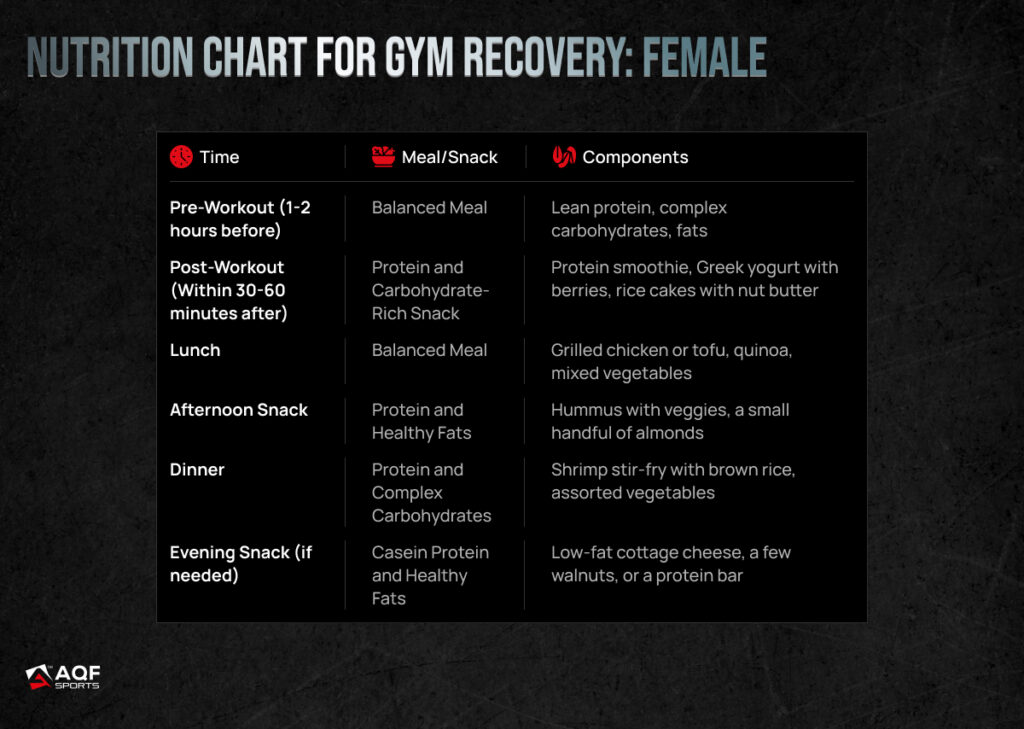
Gym Recovery: Activities to Accelerate Healing and Performance
Gym recovery is a holistic process that extends beyond rest and includes active strategies to accelerate healing and overall well-being. Here are scientifically-backed activities to aid in recovery:
1. Active Rest and Low-Intensity Exercise:
Engage in low intensity activities like walking, swimming, jump rope or light cycling. Active rest improves blood circulation, aiding nutrient delivery to muscles for repair. Take A brisk 20-minute walk to enhance recovery without straining your body.
2. Stretching and Flexibility Exercises:
Incorporate dynamic and static stretches in your gym recovery routine. Stretching promotes flexibility, reduces muscle stiffness, and enhances range of motion.
3. Foam Rolling (Self-Myofascial Release):
Use foam rollers to massage and release tension in muscles. Foam Rolling improves flexibility, reduces muscle soreness, and enhances blood flow. Spend 5-10 minutes foam rolling major muscle groups.
4. Cold and Hot Therapy:
It involves Alternating cold and hot treatments.
Cold reduces inflammation, while heat promotes blood flow and muscle relaxation.
Take Contrast baths or use ice packs/warm compresses.
5. Sleep on Time:
Prioritise quality sleep as it is crucial for hormone regulation, muscle repair, and overall recovery. You must get 7-9 hours of uninterrupted sleep per night.
6. Mind-Body Meditation Techniques (e.g., Yoga, Meditation):
Practice activities that promote mental relaxation. Stress reduction enhances overall recovery and supports immune function. You can invest in quality yoga mats and incorporate yoga or mindfulness meditation into your routine.
How to Follow These Activities Everyday:
Create a Routine:
Incorporate these activities into a structured routine, allowing for consistency.
Listen to Your Body:
Adjust the intensity and frequency of activities based on how your body responds.
Progressive Overload:
Gradually increase the duration or intensity of recovery activities as your fitness level improves.
In a Nutshell
Physical activity, especially heavy lifting and gym training strains your entire body. Gym recovery is essential to speed up cellular repair, control inflammation, improve hormonal balance, restore energy levels and recover your CNS.
Explore More Topics
- Exercise Ball Workouts for Beginners: Start Simple & Get Stronger
- How to Get Rid of Lower Belly Fat: Diet Tips and Exercises
- How to Protect Yourself from Serious MMA Injuries?
References:
[1] Atherton, P. J., & Smith, K. (2012). Muscle protein synthesis in response to nutrition and exercise. The Journal of Physiology, 590(5), 1049–1057. https://doi.org/10.1113/jphysiol.2011.225003
[2] Peake, J. M., Neubauer, O., Della Gatta, P. A., & Nosaka, K. (2017). Muscle damage and inflammation during recovery from exercise. Journal of Applied Physiology, 122(3), 559–570. https://doi.org/10.1152/japplphysiol.00971.2016
[3] Gnocchi, D., & Bruscalupi, G. (2017). Circadian Rhythms and Hormonal Homeostasis: Pathophysiological Implications. Biology, 6(4), 10. https://doi.org/10.3390/biology6010010
[4] Carroll, T. J., Taylor, J. L., & Gandevia, S. C. (2017). Recovery of central and peripheral neuromuscular fatigue after exercise. Journal of Applied Physiology, 122(5), 1068–1076. https://doi.org/10.1152/japplphysiol.00775.2016





